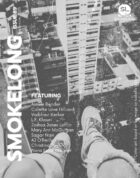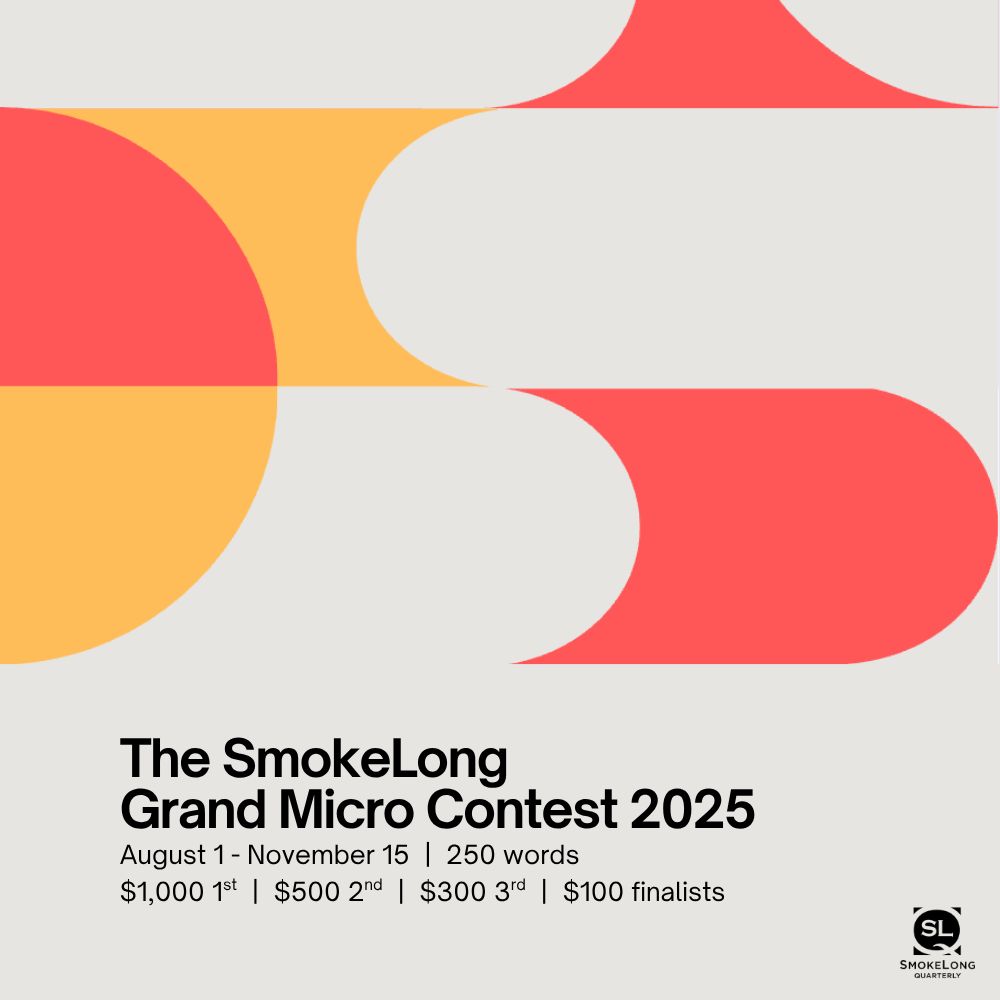You use a list-style Q&A format between the narrator and a hairdresser. What drew you to this structure, and how did it shape the piece?
When I think about it, I’m drawn to structures that create a contrast between tone and mood, so a list felt like a natural choice. It allowed me to explore a sad, messy topic through a neutral lens and gave me some much-needed distance from it as well. When I sat down to write this piece, though, I wasn’t consciously focused on narrative structure. I simply started listing all the ways I’ve responded to the seemingly innocuous question, “Do you have any kids?” over the past ten years. The response that inspired this piece was the second paragraph about my dog Penny, but as I sat there for the rest of the haircut, I thought about all the other ways I’ve answered friendly strangers over the years (or thought about answering them) and the list formed organically. I went home and wrote it all down rather quickly.
The Q&A format functions in tandem with second-person narration and brevity of flash. How did these elements inform one another in your writing process?
The Q&A format offers a series of quick, direct exchanges, and writing in second person invites, implores, or even imposes empathy by pulling the reader directly into the narrative. I think that, together, these elements heighten the sense of immediacy and intimacy in ways that longer narratives take more time to develop. I love the constraints of flash—or maybe it’s just that I don’t have the patience or inclination to plant a thousand details that slowly unfold into a story. I prefer to come out swinging.
Flash can make exposition tricky, but the title immediately situates the reader in a familiar setting. To what extent did this familiar environment allow you to prioritize the narrator’s interiority over external detail?
It’s funny—I’ve always hated exposition. I definitely appreciate a writer’s thoughtful, artful use of descriptive language to orient readers to characters and settings, but I prefer the abrupt, direct route to storytelling. In this piece, the title allowed me to skip over much of the background because we’ve all been in this setting before. I added just a few details here and there–like the scissors and the smock–enough to remind the reader that we’re simply getting a haircut, even as we spiral into emotional depths. But I wanted to focus on the thoughts and feelings that others can’t see, the interiority that exists within universal, everyday spaces.
The piece’s final section shifts into a more lyrical register. The last sentence, “… you’ll be reminded that you used to believe in impossible things,” feels at once intimate and expansive, resonating with the work’s broader themes: infertility, motherhood, the body, familial longing, etc. How did you arrive at this ending?
I wish I could say that I did, but the talented team of SmokeLong editors made the suggestion. I originally ended it with the lines, “It’s not her fault. It’s a reasonable question,” as a way of reassuring strangers that asking potentially triggering questions is okay, but the editors proposed swapping paragraphs eight and nine, and when I read the rearranged version, I teared up. It was gutting—and that’s really what infertility is—so the new ending felt like a more honest reflection of what the piece is truly about, and I decided to keep it as you see it today. I also like that it ends on a more lyrical note, because it captures the tipping point in the tension that has been building throughout the narrative.
Your use of hybrid form and structural experimentation aligns with broader trends in contemporary flash. Are there writers or works that have influenced your thinking around form and genre in this piece?
Oh, definitely. I love how hybrid forms allow writers to tell stories in unexpected ways, so I frequently find myself digging into the archives of SmokeLong, HAD, Split Lip, and Diagram because these journals have published some of the best hybrid writing out there. One of the first pieces that shook me to my core is Elizabeth Burton’s flash memoir, “Dictionary Entry, Bear: For the Girl Who Killed My Father.” Simply pairing an emotional topic with an unemotional structure cuts more deeply, which Burton achieved with her piece, and I hope to have achieved in mine. Another favorite that’s influenced my writing is Cheryl Pappas’ “Spent,” a breathless paragraph that recounts a series of singular moments from childhood to adulthood. My work offers small snapshots or glimpses into a long ordeal in a different way than “Spent” does, but I can definitely see its influence in retrospect. I love it when a piece surprises or disorients me by turning a familiar structure on its head—and that’s exactly what hybrid writing does, which is why I keep returning to it.



 The SmokeLong Grand Micro Contest (The Mikey) is now an annual competition celebrating and compensating the best micro fiction and nonfiction online.
The SmokeLong Grand Micro Contest (The Mikey) is now an annual competition celebrating and compensating the best micro fiction and nonfiction online.